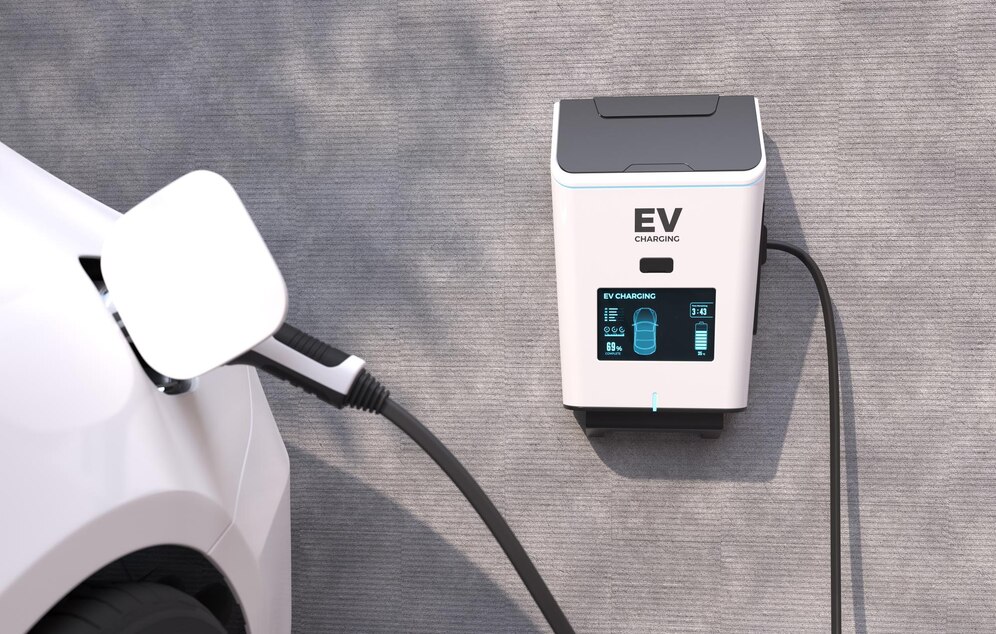Tips for DIY Installation of EV Chargers
Installing an EV charger at home offers convenience and long-term savings. However, EV charger installation requires careful planning to ensure...

Installing an EV charger at home offers convenience and long-term savings. However, EV charger installation requires careful planning to ensure safety and compliance. DIY is suitable only if you have basic electrical knowledge and follow proper guidelines.
Check Local Regulations and Permits
Before beginning any work, check with your local council or power authority. In many areas, installing an EV charger without a permit can result in fines or failed inspections. Complying with local rules ensures the charger operates safely and legally.
Assess Your Electrical System
Your existing electrical panel may not support the additional load of a new charger. Check the capacity and determine if upgrades are needed. Overloading your system can lead to short circuits, power failure, or fire risks.
Select the Right Charger
Not all chargers are the same. Level 1 chargers use standard household sockets but are slower. Level 2 chargers offer faster charging but require higher voltage. Make sure the charger suits your vehicle’s make and model. Refer to the manufacturer’s recommendation for compatibility.
Choose a Safe Installation Location
Choose a dry, well-ventilated area near your parking spot. Avoid outdoor walls that are exposed to rain unless the charger is weatherproof. Make sure there is enough space around the charger for proper ventilation and access.
Follow Manufacturer’s Instructions
Every charger comes with a detailed installation guide. Read it carefully. Use proper safety gear such as insulated gloves and goggles. Secure the charger firmly to the wall and ensure all wires are connected correctly. Do not skip grounding—this is essential for safety.
Test Before Use
After setup, test the charger. Check if the power light turns on and whether the vehicle starts charging. Use a multimeter to confirm that voltage levels are within the recommended range. If you notice any sparks or burning smell, turn off the power immediately.
When to Call a Professional
DIY has limits. If you’re unsure about wiring, circuit breakers, or your home’s electrical layout, it’s best to call a licensed professional. Electricians in Adelaide have the expertise to handle complex installations and ensure everything meets safety codes. They can also help with upgrades if your existing system needs changes.
Conclusion
EV charger installation can be done on your own if you follow the right steps. Always prioritise safety and legal compliance. If anything feels out of your skill range, calling qualified Electricians in Adelaide is the best way to avoid risks. A well-installed charger not only protects your vehicle but also keeps your home safe.




